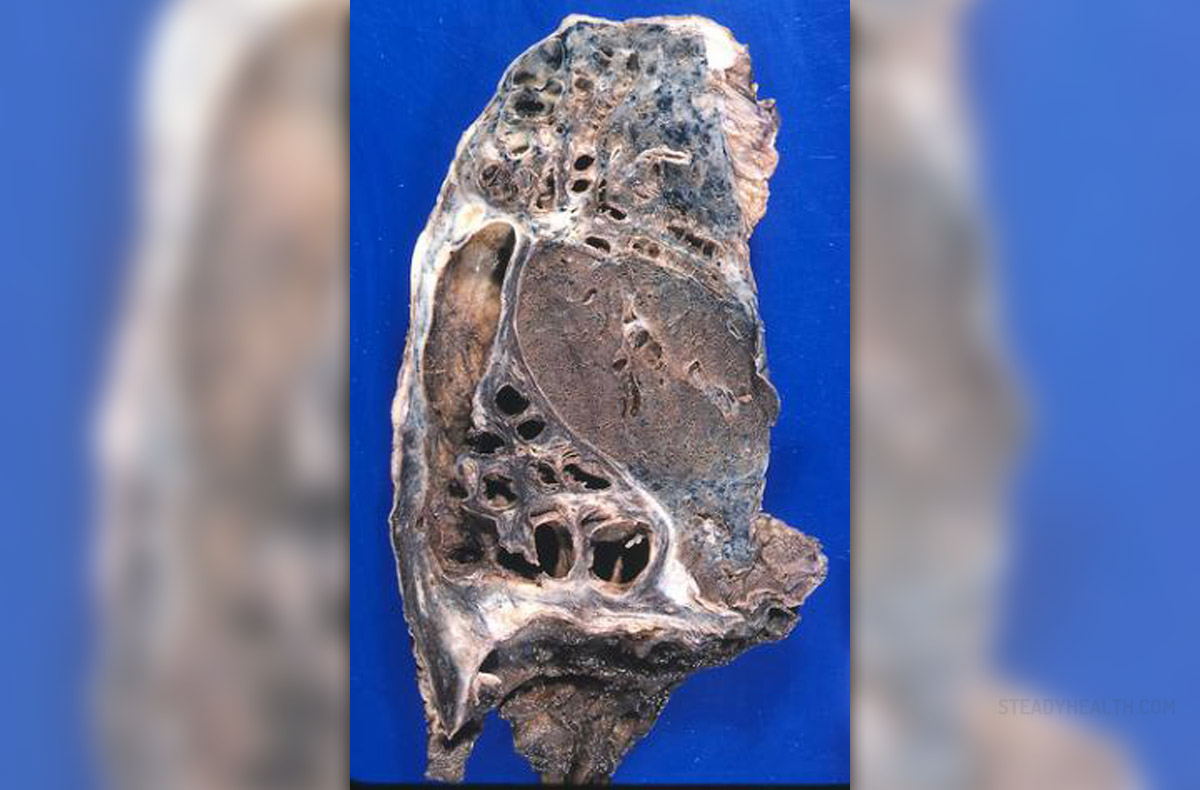
Bronchiectasis is an obstructive disease of lungs, which is not so frequent, but in which bronchial tubes are enlarged, inflamed and much more prone to collapses. Bronchial tubes cannot be cleaned from secretions, germs and dust, which means that these substances will accumulate in the lungs, thus increasing the possibility of developing of some infection. Once an infection actually develops, it is not at all easy to treat it. The main symptom which usually occurs in people who have bronchiectasis, is cough, which may even last for several months, and which is followed by mucus and phlegm in most of the cases. The usual causes are different infections but this condition is often a consequence of cystic fibrosis, pneumonia which is connected to measles and whooping cough.
Bronchiectasis is a serious lung condition, which can be either congenital or acquired, but which can be treated successfully and without consequences, if it is diagnosed in time. The treatment is aimed at the treatment of possible underlying conditions and the control of the respiratory infections and secretions. It also includes methods which should relieve the symptoms of airway obstruction, so antibiotics and pain relievers, but saline nasal washes and mucus thinners are also usually prescribed. However, in very serious cases the treatment may also include surgical removal of an affected part of the lung, or artery embolization. The built up fluid may be removed by postural drainage, while the inflammation can be decreased by the use of inhalers, which also helps in clearing the airways. In some cases, the combination of corticosteroids and bronchodilators is very successful in the treatment of bronchiectasis.
As for the complications of this lung disease, they can be very serious, sometimes even permanent and life threatening. It is not possible to predict them, but these complications are one of the reasons why it is important to diagnose this condition at an early stage, and start with the treatment as soon as possible. This condition may lead to frequent lung infections, chest pain, and shortness of breath, but since this condition is not temporary, over time, symptoms such as bloody mucus, drainage of the sinus and weight loss can appear as well. But, among the most serious complications is certainly collapsed lung. However, if the disease progresses so that all the parts of the airways are affected, heart failure can occur as well. On the other side, brain abscess is also possible.



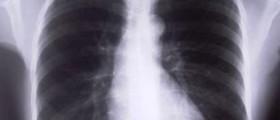



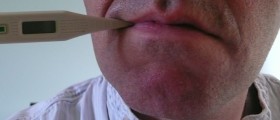



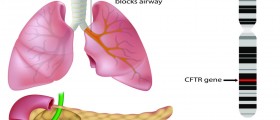




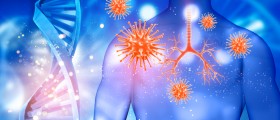
Your thoughts on this
Loading...